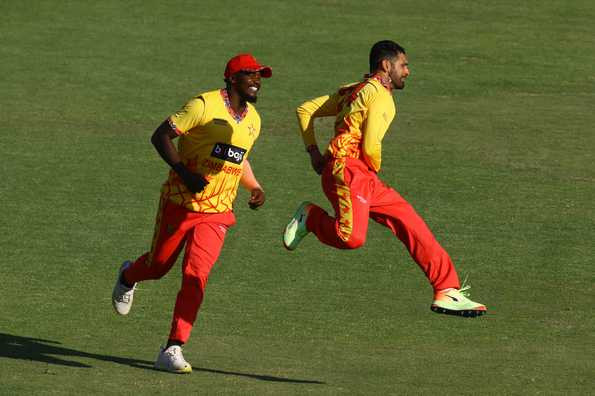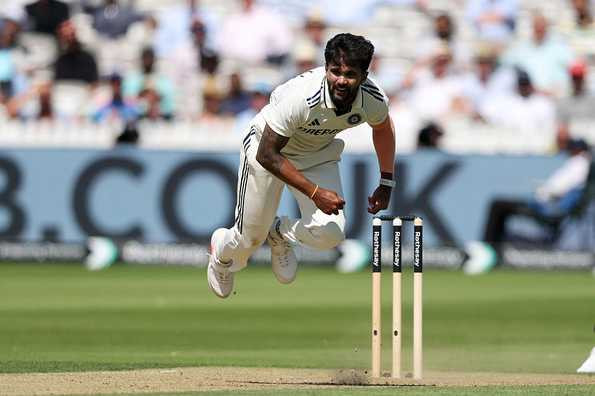
As the desert sun lashes down on Saudi Arabia’s football scene, the meeting between long-time heavyweights Al-Nassr FC and relative newcomers Al-Okhdood FC is more than just another game. The conflicting storylines that emerge from this captivating contest beautifully depict the Kingdom’s ambitious sporting change, much like a highly colored tapestry. Every time these teams come together on the field, it’s more than just a game; it’s an intriguing cultural collision, one in which old and new collide, where international superstars play alongside local heroes, and the national identity of Saudi Arabia is being reshaped in surprising ways by the beautiful game.
As the game goes beyond being just a sporting event, it transforms into an enthralling drama pitting Al-Okhdood’s humble tenacity and community roots against Al-Nassr’s dazzling aspirations and star-studded lineup. What makes this encounter so remarkable is how it exemplifies the rise of Saudi football from a regional curiosity to a worldwide sensation. This spectacular spectacle highlights this critical juncture in Saudi football’s extraordinary journey through the striking contrast of seasoned giants with enthusiastic novices, the urban energy of Riyadh versus the developing football culture of Najran.
| Club Information | Al-Nassr FC | Al-Okhdood FC |
|---|---|---|
| Founded | 1955 | 1976 |
| Location | Riyadh, Saudi Arabia | Najran, Saudi Arabia |
| Stadium | Mrsool Park (25,000 capacity) | Prince Hathloul Sports City Stadium (10,000 capacity) |
| Nickname | Al-Alami (The Global Club) | Ambassador of Najran |
| Chairman | Musalli Al-Muammar | Sami Al Fadehl |
| Manager | Luis Castro | Paulo Sérgio |
| League | Saudi Pro League | Saudi Pro League |
| Major Honors | 9 Saudi Pro League titles, 6 King’s Cups | Saudi Second Division (1992, 2021) |
| Recent Standing | Top contenders | 15th in 2023-24 season |
| Notable Players | Cristiano Ronaldo, Sadio Mané | Mainly domestic talents and developing players |
| Official Website | Al-Nassr FC | No official website available |
There is no more striking or interesting contrast than this between these football academies. Since its founding in 1955, Al-Nassr has grown into a sporting powerhouse, with nine league titles adorning its trophy room. The Saudi Pro League was immediately thrust into the worldwide consciousness and the Kingdom’s serious aspirations on the world football scene were effectively declared with Cristiano Ronaldo’s earth-shattering entrance in December 2022, which dramatically altered their trajectory. As the news spread like wildfire on social media, I couldn’t help but wonder how the world would view football from the Middle East after this historic signing.
On the other hand, Al-Okhdood tells a tale that is totally unique and just as interesting. They started out as a small community club in the border region of Najran’s south in 1976 and spent decades making their way through the lesser leagues of football until making it to the Saudi Pro League in 2023. This little provincial team found itself up against international superstars making exorbitant sums of money when they arrived at the same time as the league’s aggressive expansion plan. Surprisingly, Al-Okhdood has shown remarkable resiliency in the face of adversity, embracing their role as an underdog and keen to prove they belong among the elite despite their lesser resources and shorter tenure in the top flight.
“The real charm of the game lies in these interesting differences,” says Abdullah Al-Harbi, a grizzled Saudi football commentator whose expression shows the years of the country’s growth in the sport. We are seeing the whole range of Saudi football growth when Al-Nassr takes on Al-Okhdood. From well-known brands to community-focused clubs, each one is delivering a performance that is out of this world. We can see the incredible progress at the very top of the pyramid and the ever-improving bases all throughout our football ecosystem in these matches at the same time.
There is always an intriguing pattern to how these interactions are approached tactically. Thanks to its stellar lineup of international players and expert game management, Al-Nassr has a stranglehold on possession. Aside from Ronaldo’s deadly finishing, they have a plethora of creative abilities spread out across an expensively assembled midfield, which contributes to their balanced offensive threat. On the other hand, Al-Okhdood takes a more practical approach, focusing on compact defense, disciplined organization, and rapid counterattacks. Their more famous opponents are occasionally thwarted by this strategy, which shows how strategic acumen can counteract even the most exceptional displays of individual talent.
These fixtures hold great cultural importance in Saudi society, going beyond just the sporting event. Saudi Vision 2030 has lofty goals for the development of sports, and Al-Nassr exemplifies these aspirations through its international brand development and global recruitment policies. Riyadh is the shining capital and economic powerhouse of the Kingdom. Meanwhile, Al-Okhdood is a national treasure for Najran Province, a culturally varied area close to the Yemeni border that has a rich history that Al-Okhdood proudly represents. The southern region is greatly represented by their top-tier presence, which shows how football can bring diverse populations to the national stage in a manner that other institutions just can’t.
Economic trends are changing the face of Saudi football, and the disparity in funding between these clubs is a reflection of that. Al-Nassr is able to recruit A-listers and build training centers that can compete with the finest in Europe because of their seemingly endless wealth. Their yearly budget is reportedly around $200 million, making them one of the most lavish sports organizations in Asia. Al-Okhdood operates on far smaller budgets, prioritizing youth development programs, sustainable growth plans, and making the most of limited resources via careful planning. While success is anticipated for Al-Nassr due to the financial gap, it may have far-reaching consequences for the future of Al-Okhdood’s entire organization.
“What makes this fixture particularly fascinating is how it showcases the multiple velocities at which Saudi football is currently developing,” says Mohammed Al-Shammari, who has unique insight into this evolution due to his playing experience with the national side. While Al-Nassr’s worldwide strategy is an example of a successful model, Al-Okhdood shows that clubs with stronger ties to local communities and a more measured approach can also succeed in the modern football landscape. Both methods are admirable in their own right and help bring about a more varied and vibrant football culture in the Kingdom.
When asked about the evolution of football, the two fanbases give equally divergent accounts. Thanks to Ronaldo’s enormous personal following and astute social media tactics, Al-Nassr’s supporter community has grown at an exponential rate since their high-profile additions. Their digital engagement competes with well-established European powerhouses, and their matches now reach viewers all over the world. This is an incredible turnaround for a club that was previously unknown outside of the region. Despite the steady expansion of their regional following, Al-Okhdood’s supporters are still mainly local, concentrated on Najran’s close-knit community. Even though the Prince Hathloul Sports City Stadium is on the smaller side, their matches manage to put on remarkably lively atmospheres because to the 10,000 incredibly enthusiastic fans who fill the space and make a remarkable racket.
Recent years have seen a remarkable shift in how these fixtures have been covered by the media. Thanks to the Pro League’s ambitious growth plan, what were formerly mundane league matches that drew little interest from outside Saudi Arabia are now major events that receive worldwide coverage and commentary. Analysts will now analyze these matches to draw conclusions about the future of Saudi football, how foreign stars have adjusted to playing in the Middle East, and whether there is any promising young talent in Saudi Arabia that could play on a larger stage soon. Al-Nassr is under more pressure than ever to win the league with style and ease, while Al-Okhdood is trying to prove they belong at the elite level despite having fewer resources than their rivals.
Looking ahead, the trajectory of these clubs’ future ties will most certainly mirror larger tendencies that are changing the face of Saudi football. Regulatory frameworks have the ability to level the playing field, but in the meanwhile, financial discrepancies may initially expand as the league continues to draw foreign talent and investment. Gradually, standards across all clubs should increase thanks to improved infrastructure, coaching standards, and youth development throughout the system. This could lead to a closing of performance discrepancies over time. Being a consistent top-flight contender is a huge accomplishment for Al-Okhdood, but for Al-Nassr, who have invested a fortune, anything less than championships and European significance would be a crushing disappointment.
“The Al-Nassr versus Al-Okhdood fixture perfectly encapsulates this thrilling chapter in Saudi football’s ongoing story,” says Turki Al-Faisal, whose position on the Saudi Pro League board offers unparalleled insight into the sport in Saudi Arabia.



